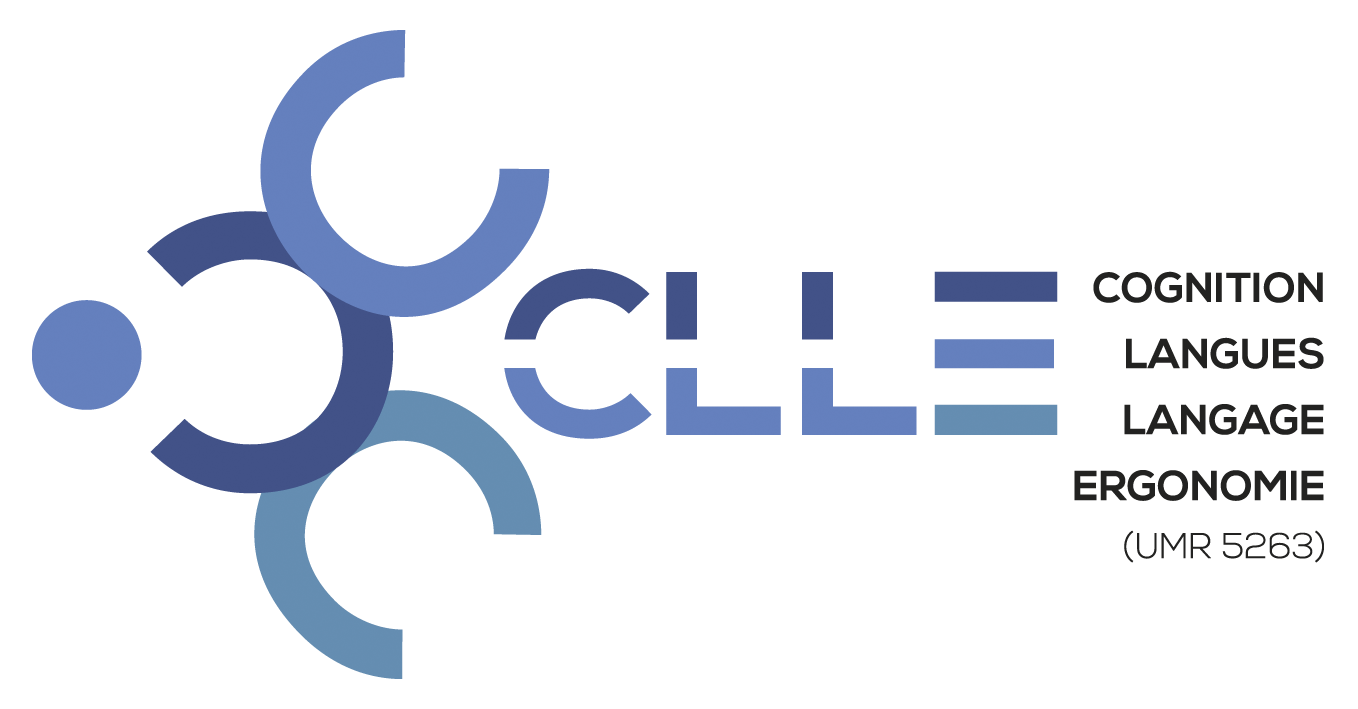-
Partager cette page
Contextual information in the dictionary: A critical approach of the additional example feature in online monolingual English dictionaries with a focus on translators’ needs
Publié le 24 novembre 2023 – Mis à jour le 6 juin 2024
Amélie Josselin-Leray (CLLE)

DOI : https://doi.org/10.4000/lexis.7198
One of the translator’s primary needs is for contextual information, which helps him/her to fully understand the source text and/or to select the most suitable equivalent. Such information can be presented in dictionaries, which remain a tool that translators rely on heavily, despite the development of new translation technologies. The variety and presentation of contextual information found in dictionaries has been criticized by translators for a long time, due to the traditional context-free vs. context-bound dilemma. However, this has changed following the advent of corpora in the dictionary-making process: more and more lexicographers have been using a corpus-driven or corpus-based approach, which has allowed meaning to be explained in context and examples to be numerous and authentic. Online monolingual learner’s English dictionaries thus now include an “additional example” feature that provides users with large quantities of examples, which are in most cases taken from corpora or from the Web. This study aims to assess the usefulness and usability of the “additional example” feature for translators. To achieve this, the extra examples found for ten different words in five online learners’ dictionaries are analyzed. The paper is divided into four sections. Section 1. provides the general background of the study: it discusses the notion of “context” and describes the translator’s needs regarding context and the tools at his/her disposal to meet those needs (dictionaries and other resources). Section 2. outlines the methodology used for the analysis of the 1,306 “additional” examples found in the five dictionaries. Section 3. is an in-depth analysis of the examples that focuses on the following aspects: presentation, number, size and format, mode of selection and relevance to translators. It reveals that more is not necessarily better and that translators’ needs are still only partially met. Finally, Section 4. suggests a number of improvements for the “additional example” feature and describes further avenues of research.





